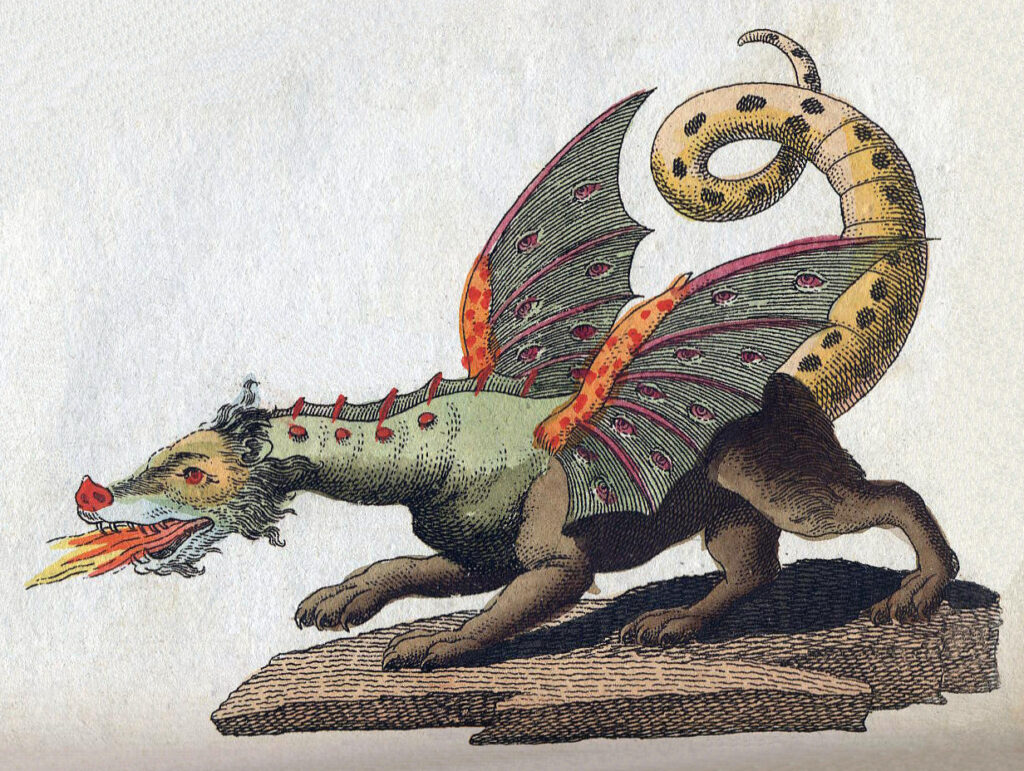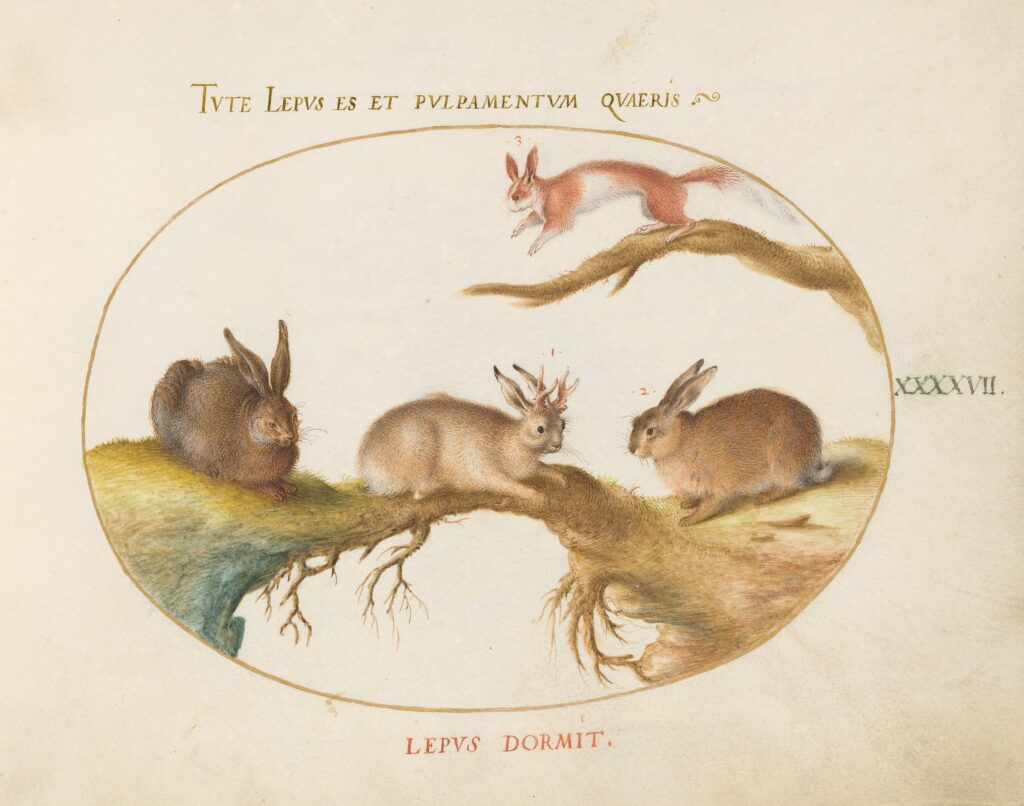There exists a wondrous, magical creature in ancient mythology. It has captivated the human imagination for centuries – the Phoenix.
With vibrant plumage in bright hues of red, orange, and gold, this majestic bird has been reimagined time and time again throughout history.
While other mythical birds like the Roc, Griffin, or Simurgh all have their own intriguing legends, the Phoenix stands apart.
The Phoenix represents a timeless symbol of rebirth, immortality, and renewal. It appears across civilizations and continents, from the sun-worshiping Egyptians to the philosophical Greeks. This shows its impressive mark on human culture.
Its fiery death and subsequent resurrection have long been celebrated throughout ancient texts, shared through oral folklore, and immortalized in beautiful works of art. It serves as a powerful metaphor for the resilience and hope of humanity.
The profound influence the Phoenix has had on literature, art, and popular culture is quite clear.

What is the Phoenix?
The phoenix has woven its way through countless cultures and centuries as a mythological symbol of remarkable power and transformation.
In Egypt, it held religious and naturalistic connotations. Later, it was used as a secular symbol for armies, communities, and societies. It also has frequent appearances in literature.
The phoenix’s representation of death and rebirth has always found a certain resonance with people. Each culture has its own interpretation of the fantastic bird. But the creature’s core characteristics remain remarkably consistent.
It is invariably a bird. It is typically adorned in hues that mirror the vibrant shades of fire: yellow, orange, red, and gold.
However, its most enduring trait lies in its ability to rise from the ashes, defying death itself. Throughout the many different legends, after a lengthy existence, the mythical bird voluntarily immolates itself in a blazing fire.
From this fiery demise, a new phoenix chick emerges anew from the very ashes it leaves behind. It is a beautiful occurrence thought to symbolize the cyclical nature of life arising from death.
The phoenix, through its own resurrection, has come to embody the concepts of regeneration and immortality in some cultures as well.
While the phoenix may no longer hold a significant place in contemporary religious or cultural beliefs, its image persists in works of literature, film, and other media.
The Egyptian Myth of the Phoenix
In ancient Egypt, phoenix mythology takes its most ancient form – the Benu bird.
This extraordinary creature – only one phoenix was said to exist – embarks on a journey from Arabia to Heliopolis, Egypt’s revered “City of the Sun.” Atop the Temple of the Sun, it constructs a nest of cinnamon twigs and resin, which ignites in the embrace of the sun’s rays.
The old phoenix dies, but out comes a rejuvenated young phoenix rising from the ashes. It is described as an eagle-like bird with red, golden, and purple plumage.
The roots of the Egyptian phoenix myth go back to the Book of the Dead, in which the magical bird is associated with the sun god Ra.
The Benu bird held great significance in ancient Egyptian culture. It was depicted in various forms from heron-like to eagle-like.
It was intimately linked to religion. It represented gods such as Atum, Ra, or Osiris and symbolized the soul’s continuity after death.
The Benu was also associated with the Nile River’s ebb and flow. It mirrored its connection to the Egyptian calendar and the cyclical nature of time.
Altogether, the myth of the Benu bird wove together themes of rebirth and the cycle of eternal life. It provides a reflection of the spiritual and cultural tapestry of ancient Egyptian civilization.

In Greek Mythology
Phoenix mythology also persisted in ancient Greece, albeit with some modifications.
The ancient Greeks adopted the word “benu” and associated it with their own term “phoenix.” It is derived from a Greek word that referred to the color purple-red or crimson.
In Greek and Roman depictions, the phoenix took on the appearance of a majestic peacock or an eagle.
According to legend, the phoenix resided in Arabia near a sacred well. Each morning, the phoenix bathed in the well’s water. This captivated the attention of the Greek sun god Apollo, who paused his chariot to listen to its enchanting song.
The renowned Greek historian Herodotus played a significant role in introducing this phoenix legend to Western culture after he traveled in Egypt. He recounted hearing of various fantastic creatures, including the crocodile, hippopotamus, and the mythical phoenix.
Although Herodotus expressed skepticism, he recognized the rarity and significance attributed to the phoenix, even if it did not possess the element of fire in this early Greek mythology.
Counterparts Around the World
The phoenix’s popularity extended further into ancient Rome and early Christian Europe.
In Roman society, the mythical bird symbolized the eternal nature of the empire. Its image was featured on coins alongside the emperor’s likeness.
As Rome declined, the phoenix symbol found a new resonance in early Christian Europe. Popes and monks incorporated it into their teachings. They associated it with Jesus’s resurrection and included it in medieval bestiaries.
The Renaissance period further elevated the phoenix’s significance as a symbol of rebirth and learning. It was embraced by royals like Elizabeth I and martyrs like Joan of Arc.
The phoenix bird also left its mark in different cultural traditions. In Jewish tradition, the phoenix, a sacred bird called Hol, was the sole creature permitted to remain in the Garden of Eden due to its refusal to consume the forbidden apple.
Elsewhere, legendary birds akin to the phoenix emerged, including the Persian Simurgh, Chinese Feng Huang, and Russian firebird (Zhar-ptitsa).
The Phoenix in Literature
The phoenix continues to make appearances in literature. It still serves as a symbol of hope and redemption.
William Shakespeare references the phoenix in his plays. He emphasizes its significance among mythical creatures.
Sylvia Townsend Warner’s satirical short story “The Phoenix” criticizes the exploitation of nature. While Eudora Welty’s “A Worn Path” portrays the phoenix as a powerful symbol of regeneration.
Edith Nesbit’s children’s novel, “The Phoenix and the Carpet,” explores the mythical creature’s friendship with a family of children. Ray Bradbury’s “Fahrenheit 451” uses the phoenix to symbolize societal destruction and rebirth.
Sylvia Plath alludes to the phoenix in her poem “Lady Lazarus,” describing the speaker’s resurrections.
And, probably most famously, in the Harry Potter series, J.K. Rowling employs the phoenix as a symbol of purification and resurrection.
The myth of the phoenix bird is likely one of the most enduring pieces of traditional legend and folklore in human history, and its impact will most certainly continue.
References
“Phoenix (Mythology).” New World Encyclopedia. Accessed June 10, 2023. https://www.newworldencyclopedia.org/entry/Phoenix_(mythology).
“Phoenix.” Encyclopædia Britannica, April 27, 2023. https://www.britannica.com/topic/phoenix-mythological-bird.
Shumaker, Heather. “The Phoenix Through the Ages.” Swarthmore College Bulletin, October 2008. https://www.swarthmore.edu/bulletin/archive/wp/october-2008_the-phoenix-through-the-ages.html.

